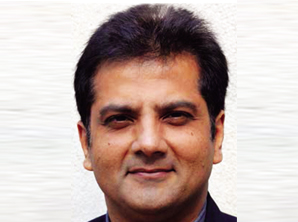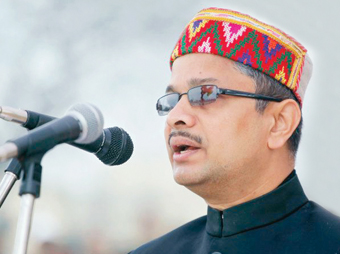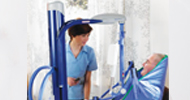
Today, healthcare mostly follows a remedial rather than a preventive approach
 Sonal Pahwa, Associate Director-Healthcare, Technopak
Sonal Pahwa, Associate Director-Healthcare, Technopak

Technology has the potential to improve the quality, safety, and efficiency of healthcare, which can then be provided at a much reduced cost.The digitization of healthcare has created a foundation for a future that offers more efficient patient care and cost savings. Innovations such as M-health, Telemedicine, VoIP, multimedia collaboration tools and wireless services allow medical staff to access patient data and communications tools from any location while nanotechnology in healthcare is all set to revolutionise the entire gamut of services and the delivery thereof.
The rapid rise in penetration of mobile communication devices has led to an increased access to Healthcare and health-related information. M-Health offers a real-time disease management technology, especially for chronic diseases. The program,developed using mobile phones and other digital media, is designed to collect health information, thereby motivating people to maintain good health. It enables doctors to accesspatient records instantly and take informed decisions about disease management.
An online portal provides a simple & clean interface for monitoringvital medical information andspotting dangerous trends, thusleading to better lifestyle & health. It also sends customised medication reminders and motivational and behavioural trigger messages to patients communication devices.
Such programs are designed to benefit all stakeholders “ patients, doctors & healthcare vendors. Patients can subscribe tohealth-related applications to improve lifestyle, manage chronic diseases and reduce cost of care. Doctors can use the services to improve treatment outcomes with real-time patient monitoring & counselling services. For healthcare providers, the benefits include better patient compliance, measurable outcomes, effective data management and improved customer care.
As the mobile phone becomes a virtual clinic, capturing medical data and sending motivational messages for improving compliance with medication, diet & exercise regimens, patients can maintain the prescribed regime stemming fromhigher awareness levels..
Some other M-Health technologies are Patient-monitoring devices, Mobile telemedicine/telecare devices, MP3 players for M-Learning, Health vouchers, payments through mobile interface and Data collection software.
The advantages offered bythese mobile communication technologies include onthe-move communication, irrespective of time and place.This is particularly beneficial for work in remote areas where thesecommunication devices results in improved access to information leading to better health outcomes.

Prevention
Today, healthcare mostly follows a remedial rather than a preventive approach. This often results in a substantial amount of damage to the body and its functions, which are sometimes even irreparable. The future of healthcare lies largely in the preventive domain: identifying and stopping potential causes of disease/illness in the body before they begin to proliferate. Nanotechnology can contribute majorly to this area by preventing the occurrence of diseases.This is possible through more effective monitoring of individuals health (allowing diseases to be diagnosed at an early stage) and more sterile hospital environments (limiting the chance of secondary diseasescaused by bacteria, viruses and other microbes).

A sterile environment can be achieved through use of antimicrobial coatings and filters, which can help minimise the ability of microbes to bind and start growing on surfaces exposed to patient body fluids. Silver and titanium dioxide nanoparticles can kill microbes directly. Silver nanoparticles have already enteredour homes in the form of coatings inside refrigerators. This anti-bacterial surface helps keepthe contents of the refrigerator fresh for a longer time. Filters with nanoscale pores also prevent viruses from entering through the surface. This technique will provide sterile surfaces by means of filtration of air and liquids that a patient is exposed to during treatment.
Another domain where nanotechnology has a promising role is monitoring. This will not only aid in the treatment of existing patients but also for the routine check-up of healthy individuals. Point-ofcare (POC) and Lab-on-a-chip devices offer basic as well as advanced care at the patients location.

Be a part of Elets Collaborative Initiatives. Join Us for Upcoming Events and explore business opportunities. Like us on Facebook , connect with us on LinkedIn and follow us on Twitter , Instagram.
"Exciting news! Elets technomedia is now on WhatsApp Channels Subscribe today by clicking the link and stay updated with the latest insights!" Click here!
















